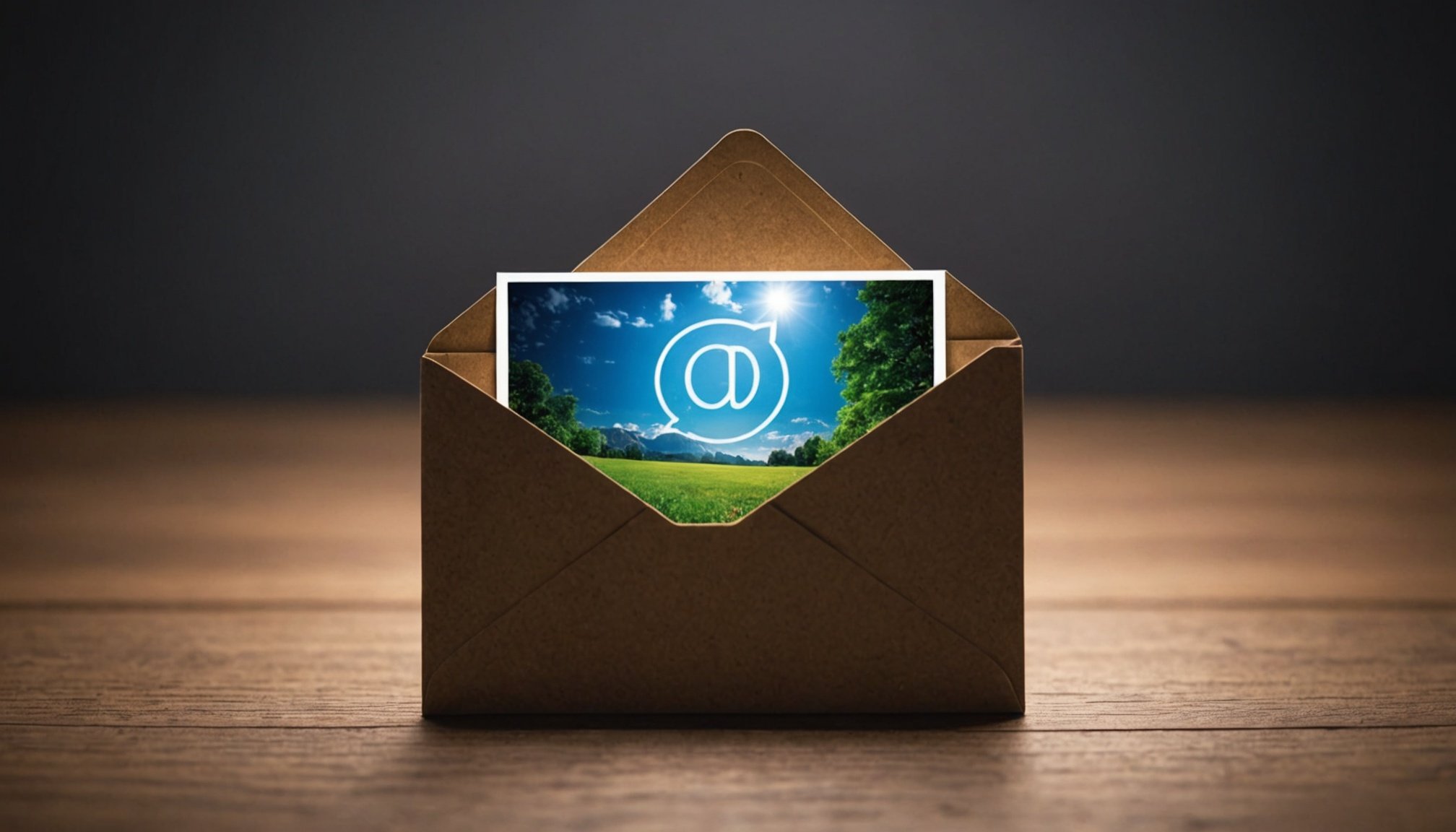Crafting a strong email opening is key to making an impactful impression in professional communication. The first few words can determine whether your message engages or gets lost in a crowded inbox. By choosing the right salutation, setting a respectful tone, and clearly stating your purpose, you not only capture the recipient’s attention but also foster positive connections that can lead to successful outcomes. Let’s explore how to perfect your email introductions.
Importance of Starting Emails Professionally
When you start an email, first impressions are crucial. The opening words can significantly influence whether the recipient continues reading or discards the message. A thoughtfully chosen greeting not only sets a respectful tone but can also establish the email’s purpose effectively. For instance, starting with “Dear Dr. Johnson” or “Greetings Ms. Adams” showcases professionalism and courtesy.
A lire en complément : 10 tips for crafting a professional and impactful email opening
Professional greetings play a pivotal role in shaping the overall tone of your correspondence. Using opening lines like, “I hope this message finds you well,” can foster positive relationships, while a direct approach such as, “I am writing to discuss our meeting agenda,” immediately signals the email’s focus. Opting for a personalized opening can enhance readability and engagement, ensuring the email’s message reaches its target.
Here are examples of effective professional email openings for various contexts:
A voir aussi : Ignite your ideas at a cutting-edge digital product design studio
- Formal Situations: “Dear Full Name, I am writing regarding…”
- Follow-ups: “Greetings Name, I wanted to follow up on…”
- Collaborative Projects: “Hi Team, as we prepare for our project review…”
Crafting openings that resonate with the recipient is vital, as the initial lines set expectations for the entire conversation. This initial engagement can enhance clarity and improve communication outcomes.
Strategies for Crafting Impactful Email Introductions
A compelling email introduction can significantly impact open rates and overall engagement. This guide delves into proven strategies for crafting introductions that grab attention and encourage further interaction. By mastering these techniques, you can ensure your emails are not only read but also achieve their intended purpose.
Crafting Subject Lines that Capture Attention
Subject lines are the first glimpse a recipient has of your message, making them integral in attracting attention. The goal is to be both concise and relevant, ensuring they reflect the email’s content and engage curiosity without misleading the reader. Techniques like posing a question or using keywords related to the email’s core message can effectively increase open rates.
Using Direct Purpose Statements to Engage Recipients
A clear opening statement can immediately establish credibility. Begin with a direct purpose statement like, “I am reaching out to discuss…” or “Regarding our previous conversation…” These techniques maintain clarity and brevity, ensuring recipients grasp the intent without wading through unnecessary pleasantries.
Importance of Tailoring Openings to Context and Audience
Personalized email openings are more likely to resonate with recipients. Addressing someone by name or referencing a shared experience shows attentiveness and respect—key in building rapport. Understanding the audience’s needs and tailoring your approach to match formal or informal settings can significantly enhance your professional email etiquette. Misalignment, such as using overly casual language in a formal context, can detract from the message’s impact and hinder effective communication.
Common Pitfalls in Email Openings to Avoid
A strong email opening sets the tone for the entire message and significantly impacts open and response rates. Conversely, a weak or poorly crafted opening can doom your email to the digital abyss. Learn to identify and avoid these common traps to ensure your emails are read and acted upon.
Misaligning Tone: Formal vs. Casual Contexts
Understanding email recipient preferences is crucial in maintaining professionalism in emails. A common error is mismatching the tone to the context. For instance, using overly casual language in a formal setting can undermine your message’s impact. Conversely, excessive formality with someone you interact with regularly can seem distant and off-putting. Tailor your tone to the recipient’s expectations to establish the right tone in professional emails.
The Impact of Typos and Spelling Errors on Professionalism
Typos and spelling errors can drastically affect how your email is perceived. Maintaining clarity and brevity in professional emails involves proofreading to ensure accuracy. Even minor mistakes can question your competence, especially in business communication strategies. By ensuring emails are error-free, you stick to formal email etiquette, projecting a meticulous and error-averse image.
Impersonal Greetings: Understanding Your Audience
Starting an email with generic salutations like “To Whom It May Concern” can appear impersonal, failing to address your audience effectively. Personalization is key to connecting with recipients through email. By addressing individuals by their names or titles when appropriate, you demonstrate consideration. This small effort reflects an understanding of the importance of personalized email openings, fostering rapport and encouraging engagement.
Enhancing Email Communication for Better Engagement
The opening lines of your email are crucial for capturing the recipient’s attention and encouraging them to read further. However, many common mistakes can immediately turn readers off and lead to your message being ignored or deleted. This guide highlights frequent pitfalls in email openings and provides practical advice on how to avoid them for more effective communication.
Importance of Clarity in Multi-Recipient Emails
To foster effective business communication strategies, clarity is paramount, especially in multi-recipient emails. Unclear messaging can lead to misunderstandings. Use straightforward language to communicate your message to each recipient clearly. Break down complex ideas into simple thoughts, ensuring that the subject aligns with the email content. This not only aids in establishing credibility in email content but also reduces the likelihood of misinterpretation. Address recipients by name when possible, and avoid jargon that might confuse.
Utilizing Bulleted Lists for Readability and Engagement
Bulleted lists improve readability and engagement by breaking down information into digestible portions. This strategy for maintaining reader interest helps recipients quickly grasp key points, especially in long messages. Lists highlight the most significant details, making follow-ups more manageable. Additionally, they support effective attention-grabbing email openers by structuring content methodically, allowing readers to quickly locate essential information.
Techniques for Creating Urgency in Email Starts
Creating urgency in the initial lines can enhance engagement and prompt responses. Start with a direct call to action or highlight time-sensitive information right away to capture attention. Examples include stating deadlines immediately or requesting feedback by a specific date. This approach keeps readers focused and establishes the importance of your message, thereby tailoring emails to recipients’ needs and encouraging prompt attention.










